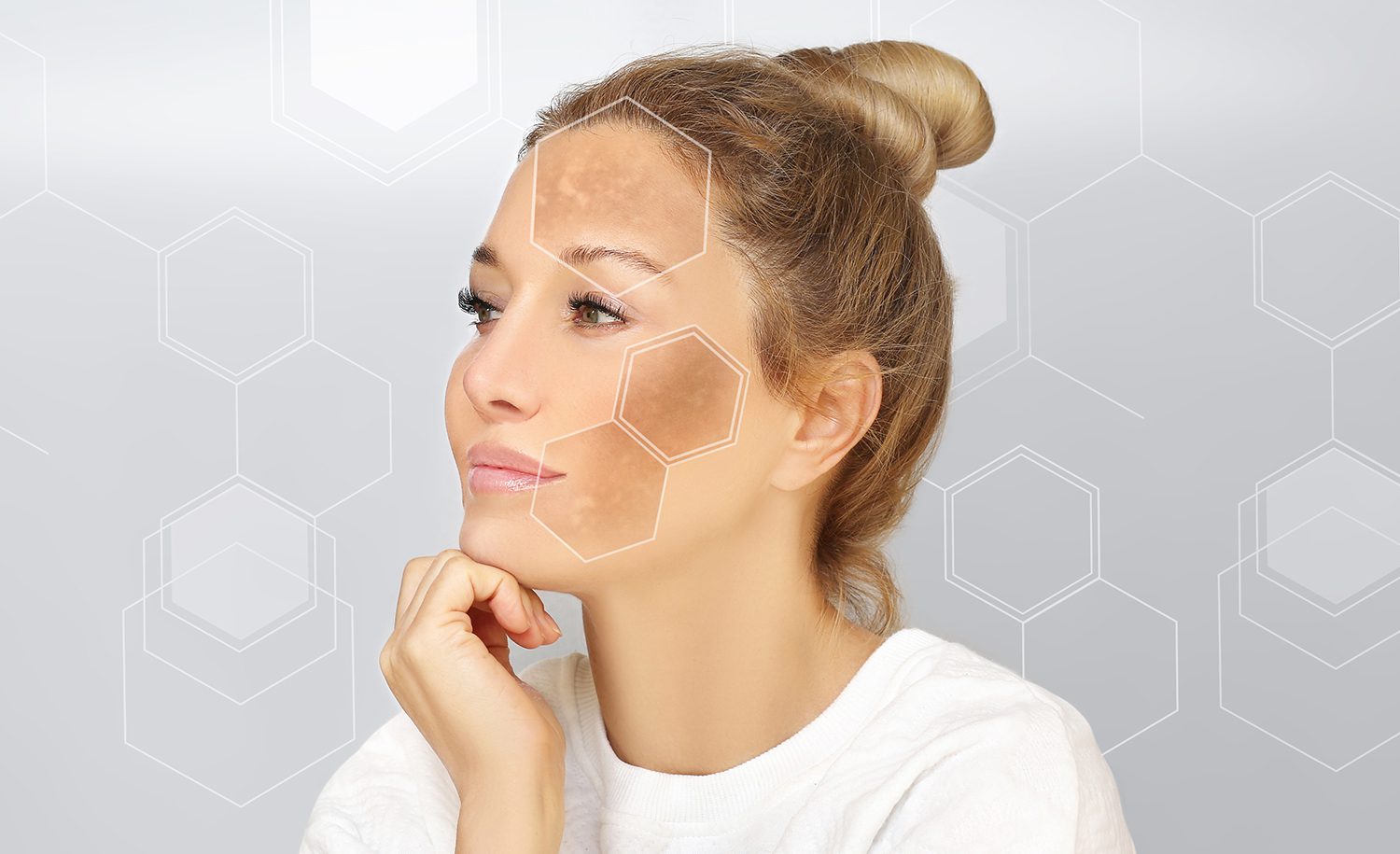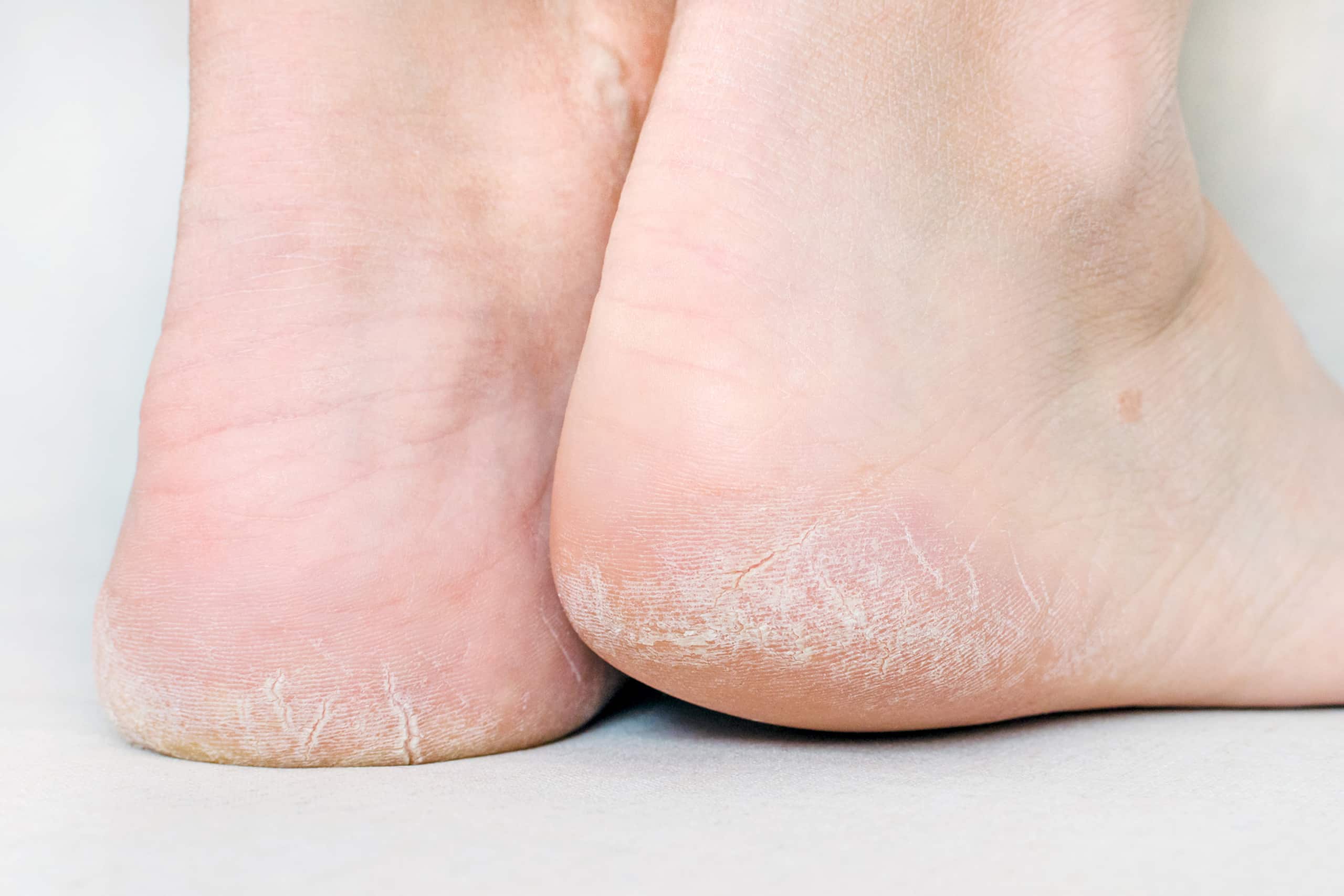Your skin is the largest organ in your body—and it often reflects what’s happening inside. While some changes in the skin are harmless or temporary, others may point to more significant health concerns. Recognizing the early signs that appear on your skin can lead to timely medical evaluation and improved outcomes, especially for chronic or systemic diseases.
This article explores how certain skin symptoms may be associated with broader health conditions, as reported by dermatologists and medical experts.
Understanding the Skin as a Health Indicator
According to the American Academy of Dermatology (AAD), the skin can provide valuable clues about your internal health. Changes in color, texture, thickness, or the appearance of new lesions can sometimes indicate issues beyond the surface—such as nutrient deficiencies, hormonal imbalances, autoimmune conditions, or metabolic disorders.
While this article is intended for informational purposes only and does not replace professional medical advice, being aware of these skin changes can encourage earlier consultation with a qualified healthcare provider.
1. Redness: When to Pay Attention
Red patches or persistent skin redness can result from various causes. While it may sometimes stem from common conditions like rosacea, eczema, or allergic reactions, persistent or spreading redness may require further evaluation.
The Mayo Clinic notes that tiny red or purplish spots that do not fade under pressure (called petechiae) may signal an issue with blood vessels or platelets and should be examined by a healthcare professional. These can sometimes accompany infections or be related to clotting disorders.
Action Step: If you notice ongoing skin redness without a clear cause—especially if it’s accompanied by fever, fatigue, or other symptoms—seek medical advice.
2. Discoloration: Color Changes That Matter
Skin discoloration comes in various forms and can be influenced by multiple underlying conditions:
- Red or inflamed areas may indicate infections or inflammatory conditions.
- Brown patches could be related to hormonal changes or sun exposure, but sometimes suggest metabolic disorders.
- Bluish or purplish tones, particularly on fingers or toes, may indicate circulatory issues or reduced oxygenation.
- Yellowish skin or eyes (jaundice) can be linked to liver or gallbladder problems, according to the CDC.
One skin condition called Necrobiosis Lipoidica, typically appearing as shiny, reddish-yellow plaques on the shins, has been associated with diabetes mellitus, though it is rare. As described by the Cleveland Clinic, this condition should be evaluated by a dermatologist for accurate diagnosis and appropriate management.
Action Step: Skin color changes, especially when persistent or spreading, should be assessed by a medical provider to rule out underlying systemic conditions.
3. Thickened or Hardened Skin: A Possible Metabolic Clue
Changes in skin thickness, especially on the hands, fingers, or feet, may suggest metabolic or endocrine conditions. One example is diabetic dermopathy, which presents as thickened, scaly patches on the lower legs in people with diabetes.
According to the National Institutes of Health (NIH), people with long-term diabetes may develop thick, waxy skin—a condition known as diabetic scleredema. It can restrict movement and often coexists with poor blood sugar control.
Other systemic diseases like scleroderma or thyroid disorders may also present with skin thickening or tightening.
Action Step: If you observe thick or tight skin that doesn’t improve with routine skincare, consider consulting a healthcare provider for evaluation of potential endocrine or autoimmune conditions.
4. Numbness, Tingling, or Burning Sensations in the Skin
Abnormal sensations such as numbness or tingling, especially in the hands or feet, may not only stem from dermatological issues but also point to nerve-related conditions. For instance, peripheral neuropathy, commonly associated with diabetes, can cause these symptoms, often accompanied by skin changes or wounds that heal slowly.
The CDC recommends that individuals experiencing unusual skin sensations—particularly those with risk factors like diabetes, alcohol use, or vitamin deficiencies—should undergo screening to determine the cause.
Action Step: Persistent tingling or numbness, along with any changes in skin appearance, should be evaluated by a physician or neurologist.
5. Persistent Itching or Dry Skin: Not Always Just Dryness
Chronic itchiness (pruritus) may not always be related to dry skin or allergies. According to Mayo Clinic, persistent itching without a rash can occasionally signal kidney disease, liver problems, or iron deficiency anemia.
Similarly, dry, scaly skin that does not improve with moisturizer could be associated with thyroid disorders, particularly hypothyroidism, which slows skin regeneration.
Action Step: If dry or itchy skin continues despite good skincare habits, a medical exam and blood tests may be warranted to explore internal causes.
6. Skin Lesions That Don’t Heal
Any lesion or wound that does not heal within a few weeks may require medical assessment. This includes ulcers, cracked skin, or small cuts that stay open or become infected. In people with diabetes, foot ulcers are a common concern and should be treated promptly to prevent complications.
Action Step: Monitor slow-healing wounds, especially on the feet or legs. Report them to a doctor, particularly if you have diabetes or circulatory problems.
Listen to What Your Skin Is Telling You
The skin serves as a visible indicator of internal health. While not all skin changes are serious, paying attention to signs that persist, worsen, or occur with other symptoms is important. Early detection and treatment of underlying conditions—ranging from diabetes and liver disease to circulatory disorders—can help prevent complications and improve quality of life.
Reminder: This article is for educational purposes only and is not a substitute for medical diagnosis or treatment. Always consult a licensed healthcare professional if you notice concerning skin changes.
Tips for Skin Health and Early Detection
- Perform regular self-checks of your skin.
- Maintain routine appointments with your dermatologist or primary care provider.
- Protect your skin from sun damage using SPF and clothing.
- Manage chronic conditions like diabetes or high blood pressure under medical supervision.
- Stay hydrated and follow a nutrient-rich diet that supports skin regeneration.
Trusted Medical Sources:
- American Academy of Dermatology
- Mayo Clinic – Skin Symptoms
- NIH – Skin Conditions Linked to Systemic Disease
- Centers for Disease Control and Prevention – Diabetes and Skin
- Cleveland Clinic – Skin and Metabolic Disorders





:max_bytes(150000):strip_icc()/GettyImages-1350155360-90e15dfe35ae4c98a757da651f30f9ee.jpg)